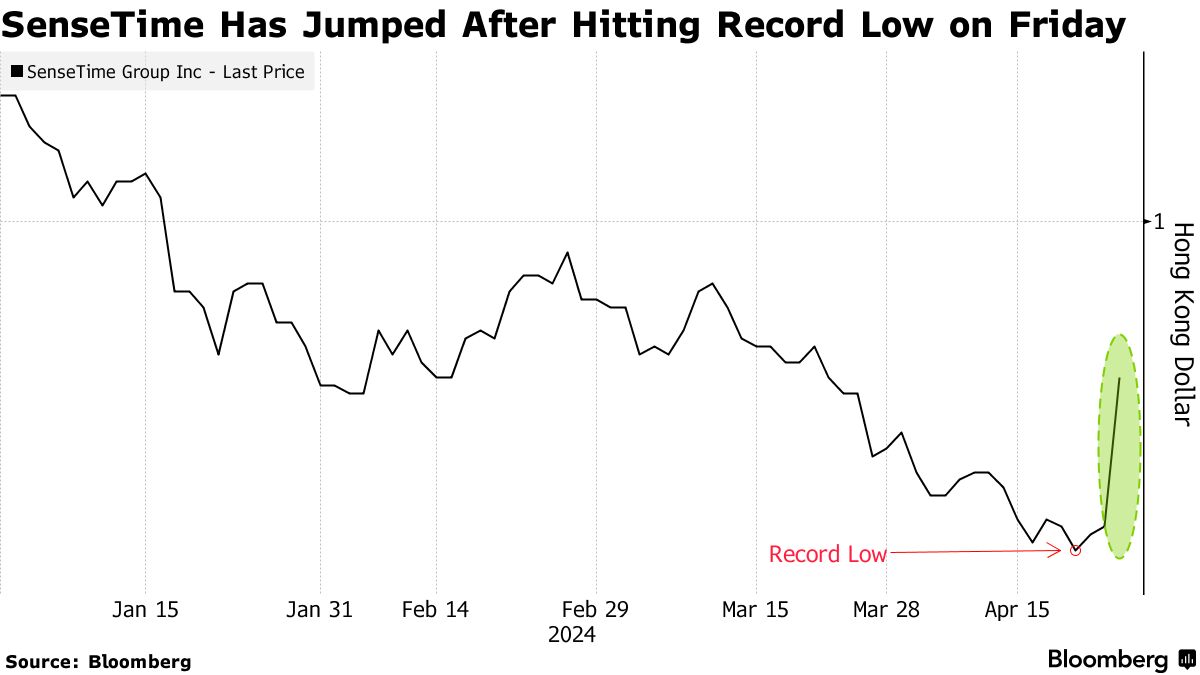It is possible that Mr. Musk knows more about electric vehicles and the retail market for electric vehicles than I do. And it is possible that he intuits something about the industry or the regulatory or government policy framework toward electric vehicles that he hopes to either guard against or take advantage of.
And it's possible he's just a self-made centibillionaire loony.
From Investor's Business Daily, April 22:
All eyes will be on Chief Executive Elon Musk Tuesday during Tesla's (TSLA)
first quarter earnings call as investors look for clarity and insight
into his strategy and whether Musk is rebranding Tesla in plain sight.
TSLA shares sank Monday.
It has become increasingly evident in recent weeks that Musk and Tesla are shifting toward an increased focus on autonomy, Full Self-Driving (FSD) and its robotaxi program as EV demand has slowed in 2024.
With Tesla's first quarter earnings and revenue release late Tuesday, Wall Street might be getting some answers.
Last week, Tesla announced plans to lay off more than 10% of its
global workforce, with key executives leaving the company, and Musk
saying it is part of the next "phase of growth."
The layoffs come after Reuters reported on April 6 that Tesla has
switched focus from the $25,000 next-generation Model 2 in favor of
prioritizing efforts on its robotaxi program. Following the report, Musk
quickly announced that Tesla will unveil the robotaxi on Aug. 8.
Musk also took to X, formerly Twitter, on April 6 and said "Tesla is
an AI/robotics and sustainable energy company." The Tesla chief has long
said the company is more than just an auto company, but his recent
proclamation signals a shift away from the automobile label.
A key question for the Tesla earnings call is whether Elon Musk is shelving the Model 2 for several years.
Adding to the uncertainty, Tesla last week requested shareholders
ratify Musk's $56 billion 2018 compensation plan despite a Delaware
court voiding the plan earlier this year. The shareholder meeting is
scheduled for June 13. Musk in January posted on X that he was
"uncomfortable growing Tesla to be a leader in AI & robotics
without" around 25% voting control.
Tesla Stock: Moving Away From EV Business
On Monday, TSLA shares fell 3% to 142.65 in Monday market action, hitting a fresh 52-week low of 138.80 intraday.Tesla stock dropped around 2% on Friday, diving 14% for the week and undercutting April 2023 lows.
Deutsche Bank analyst Emmanuel Rosner on Thursday wrote it now
appears Tesla's future is tied to "cracking the code on full driverless
autonomy," which represents a "significant technological, regulatory and
operational challenge."
The analyst added that the shift in focus to the robotaxi is
"thesis-changing" and that it could undergo a "potentially painful
transition in ownership base" with EV investors "throwing in the towel"
and "eventually replaced by AI/tech investors with considerably longer
time horizon."
Meanwhile, Morgan Stanley analyst Adam Jonas wrote Wednesday that "it seems" Tesla is exiting the traditional EV auto industry.
"This doesn't mean that Tesla won't keep selling cars (including new launches) for many years to come," Jonas added.
Bracing For Q1 Earnings
With few details on Musk's strategy on the robotaxi and the next-generation vehicle, investors and analysts seem skittish ahead of the upcoming first quarter earnings call Tuesday after the market closes.Analysts project Q1 earnings falling more than 42% to 49 cents per
share with sales declining nearly 5% to $22.2 billion. If Tesla Q1 EPS
comes in as expected, it would be the lowest quarterly level since the
EV giant hit 48 cents per share in Q2 2021. It would be the first
year-over-year revenue decline since early in the pandemic.
Tesla recently recast Full Self-Driving from FSD Beta to supervised
FSD. That suggests that the EV giant could recognize more deferred FSD
revenue, giving EPS a boost. As a result, Tesla's cash flow will be an
important number to watch in Q1.
Tesla also began in April offering free FSD trials with the purchase
of a new vehicle. Then, over the weekend, the EV company lowered the
annual FSD price by 33% to $8,000. This move comes two weeks after he
cut the monthly FSD subscription price to $99 per month, down from $199
per month.
Tesla reported in early April that global first quarter deliveries
totaled 386,810 while it produced 433,371 vehicles. The deliveries
included a combined 369,783 Model 3 and Model Y units along with 17,027
"other" vehicles. Tesla's 386,810 deliveries tally in Q1 undercut even
the lowest estimates and marks the lowest quarterly deliveries since 344,000 in Q2 2022.
The EV giant blamed the first quarter performance on issues with the
production ramp-up of the updated Model 3 along with factory shutdowns....
....MUCH MORE
If interested see also April 18's "Ahead Of Next Week's Tesla Earnings Report, A Reminder (TSLA)"






